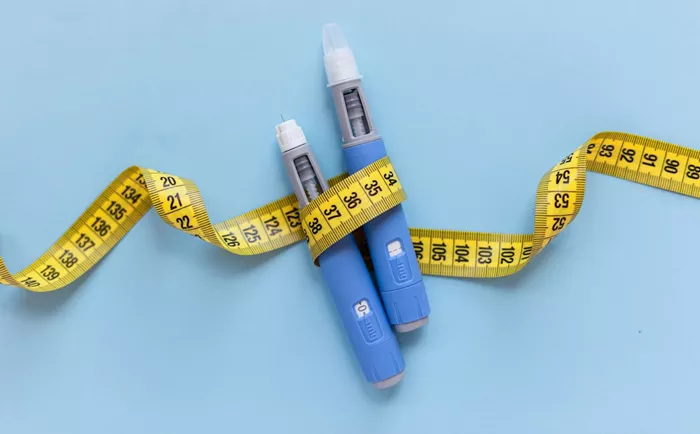Weight-loss drugs like Ozempic and Wegovy are in high demand, but their prices remain a major concern for U.S. consumers. Despite recent shortages ending, the cost of these medications continues to be a significant barrier for many, especially those without insurance or Medicare coverage.
Why Are These Drugs So Expensive?
Cynthia Cox, vice president at KFF (formerly the Kaiser Family Foundation), explains that newer drugs are costly due to research and development expenses, as well as patent laws that limit competition.
The U.S. also lacks a system to negotiate drug prices, unlike some other countries. High demand and recent shortages have further driven up prices. Without insurance, consumers can pay between $1,000 and $1,300 per month for these drugs.
Insurance Coverage: Limited and Often Restrictive
KFF estimates that 57.4 million adults under 65 with private insurance could be eligible for GLP-1 drugs, but only 36% of employers cover weight-loss treatments.
Many have strict eligibility criteria, requiring employees to try cheaper alternatives first or participate in weight-management programs. Even with insurance, copays can be high, with two-thirds of patients paying $100 or more per month.
Out-of-Pocket Costs for Uninsured Patients
For those without insurance, some drugmakers have introduced lower-cost versions. For example, Novo Nordisk reduced the price of Wegovy to $499 per month, while Eli Lilly dropped the price of Zepbound to between $349 and $499 per month. These versions are delivered via vial and syringe instead of more expensive injectable pens.
Future Outlook: Prices Likely to Remain High
Patents for these drugs will not expire until 2032 at the earliest, limiting the availability of cheaper generics. However, new drugs like Eli Lilly’s experimental orforglipron could offer more affordable options in the future. Additionally, President Trump’s recent executive order aims to cut prescription drug costs, potentially targeting GLP-1 drugs.
Medicare Recipients Face Out-of-Pocket Costs
Medicare Part D plans cover weight-loss drugs only for cardiovascular conditions, leaving obese seniors without diabetes to pay out-of-pocket. If coverage expands in the future, costs could drop significantly, with monthly copays potentially falling to $25-$50 per month.
Compounders Offer Cheaper Alternatives
During the shortage, compounders produced cheaper versions of GLP-1 drugs, often for $100-$300 per month. However, the FDA is now trying to halt these companies, though many continue to operate by tweaking their formulations.
Key Takeaways
Weight-loss drugs are effective but expensive, with high out-of-pocket costs for many consumers. While some drugmakers are offering lower-priced alternatives and new medications may bring costs down in the future, the current landscape remains challenging for those without comprehensive insurance coverage.


